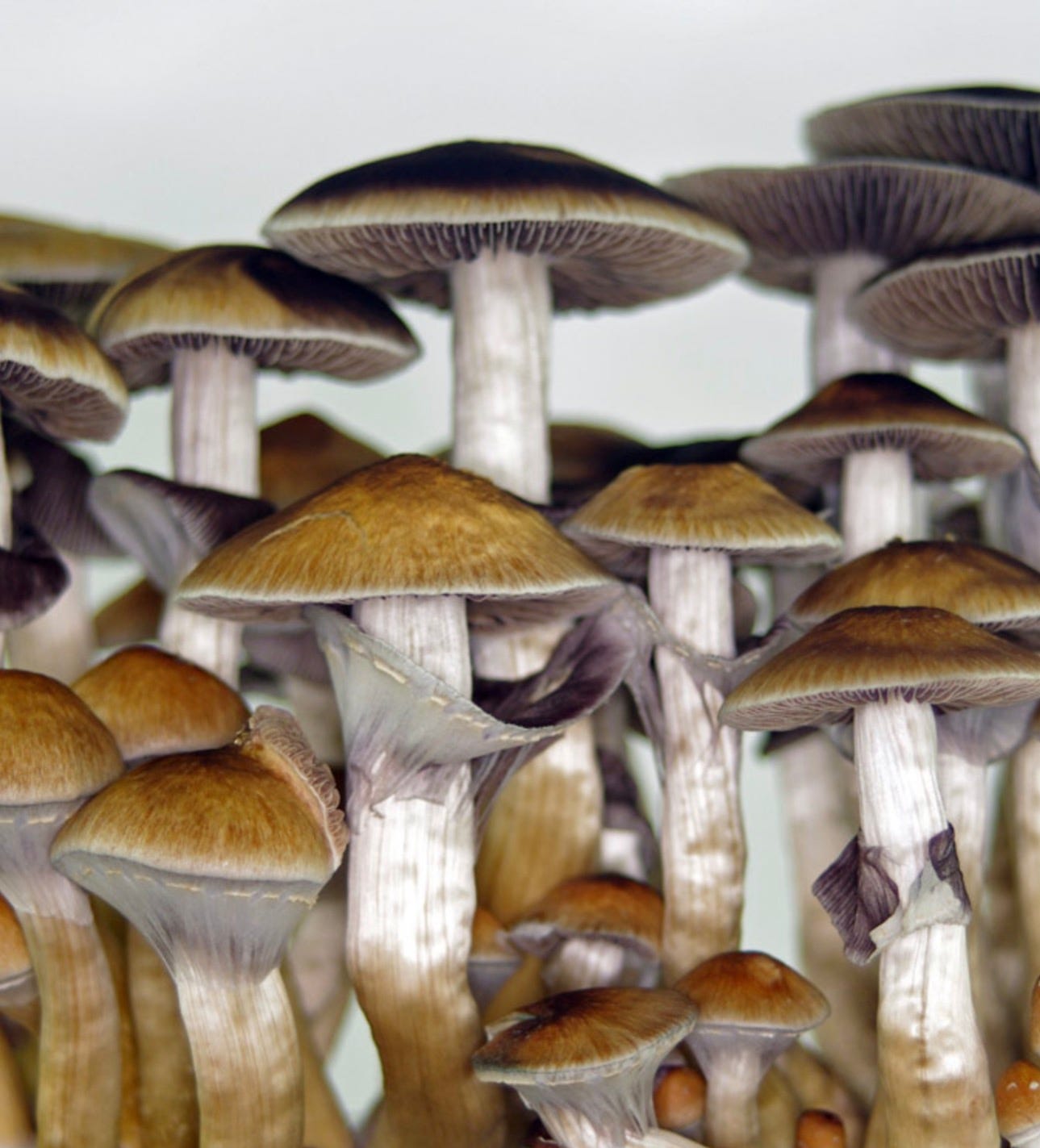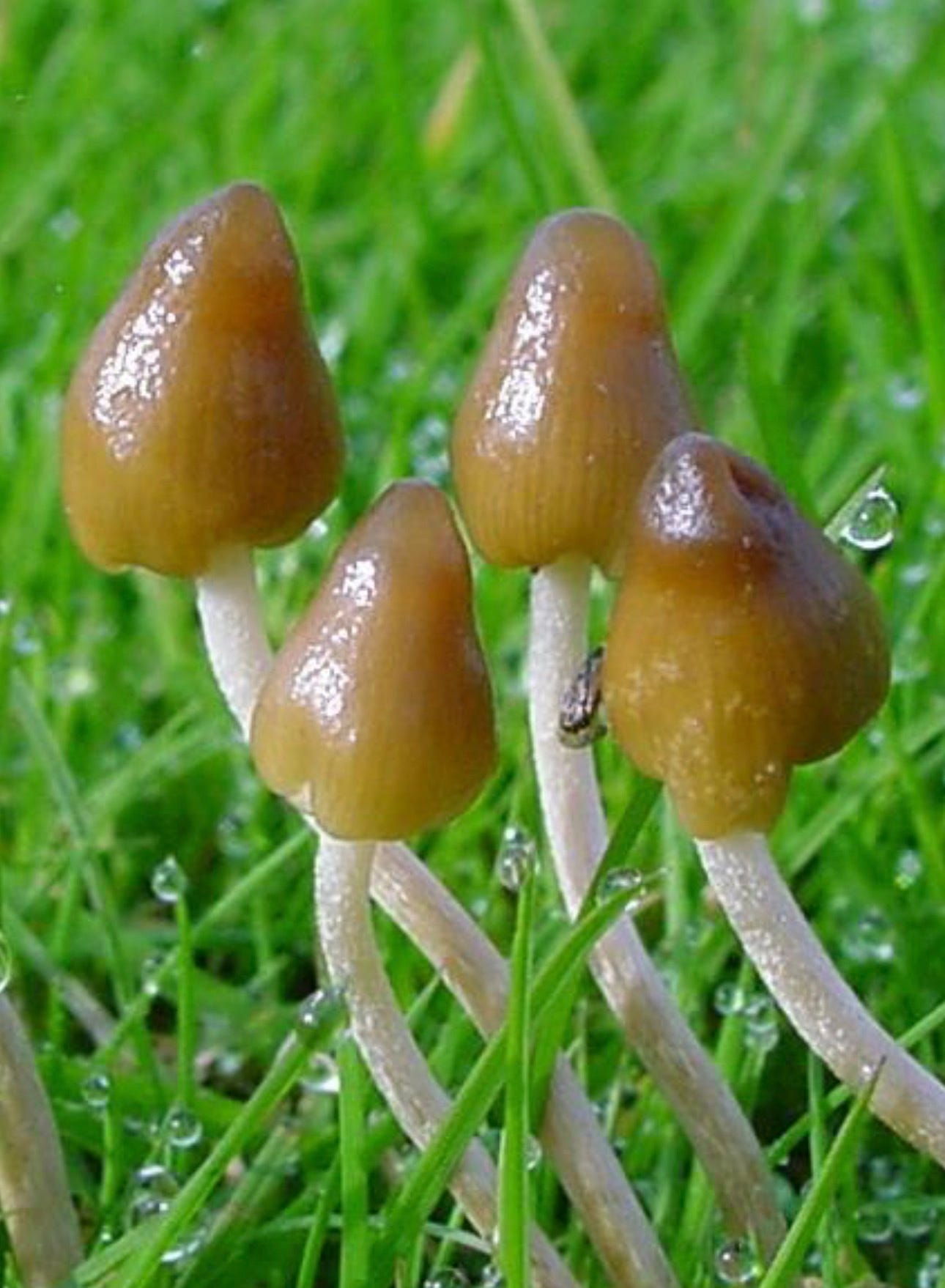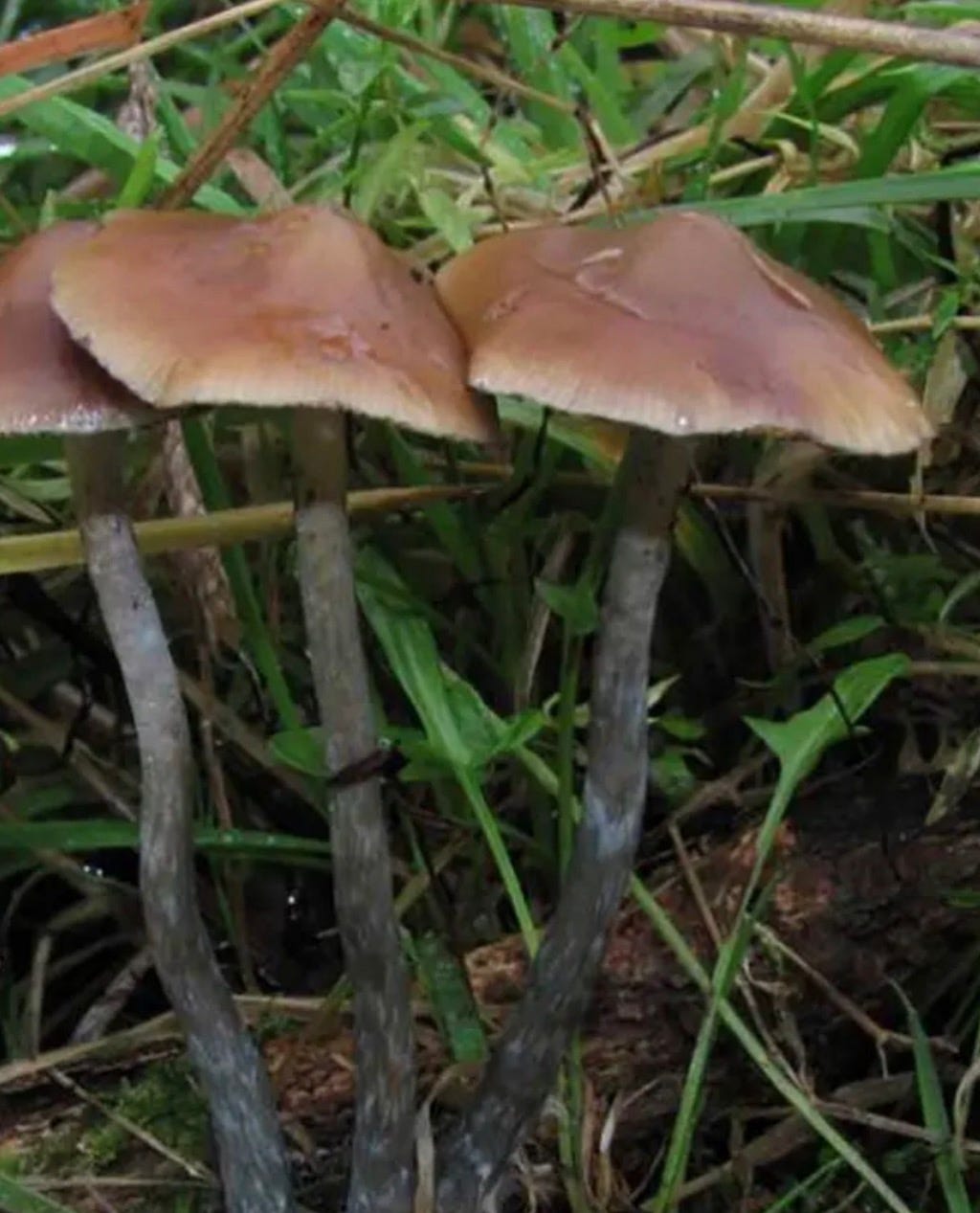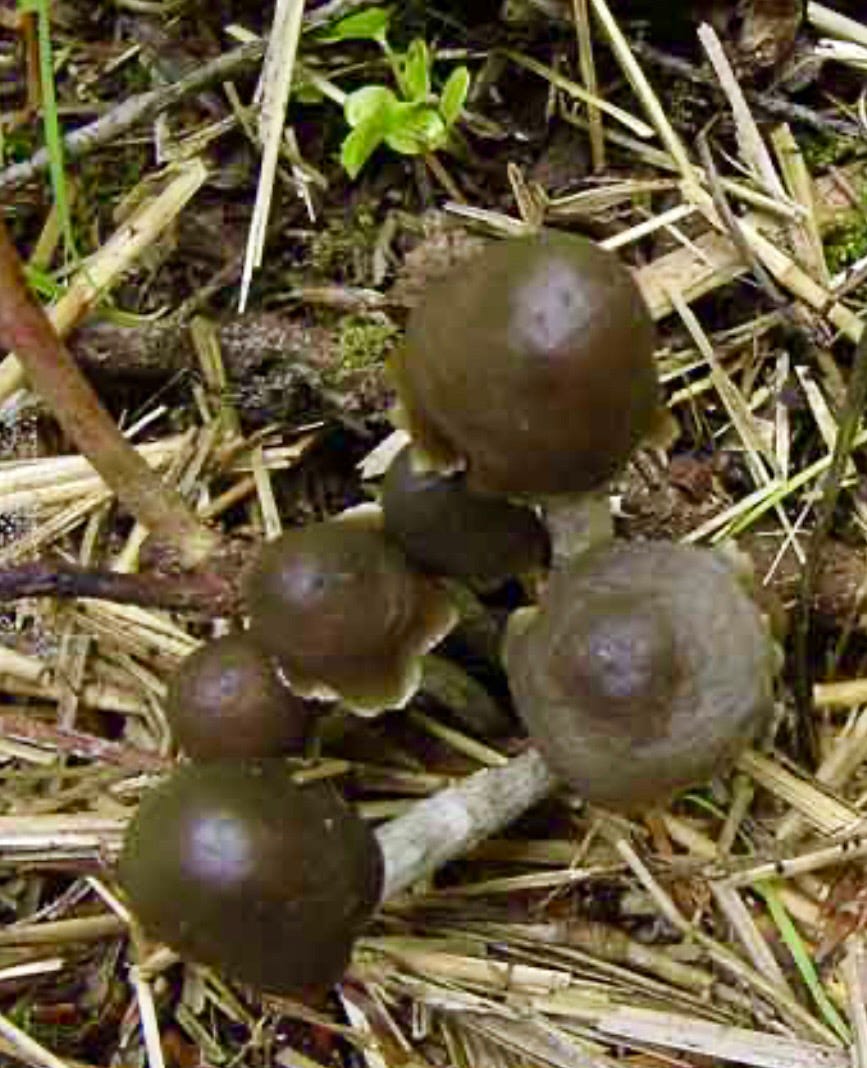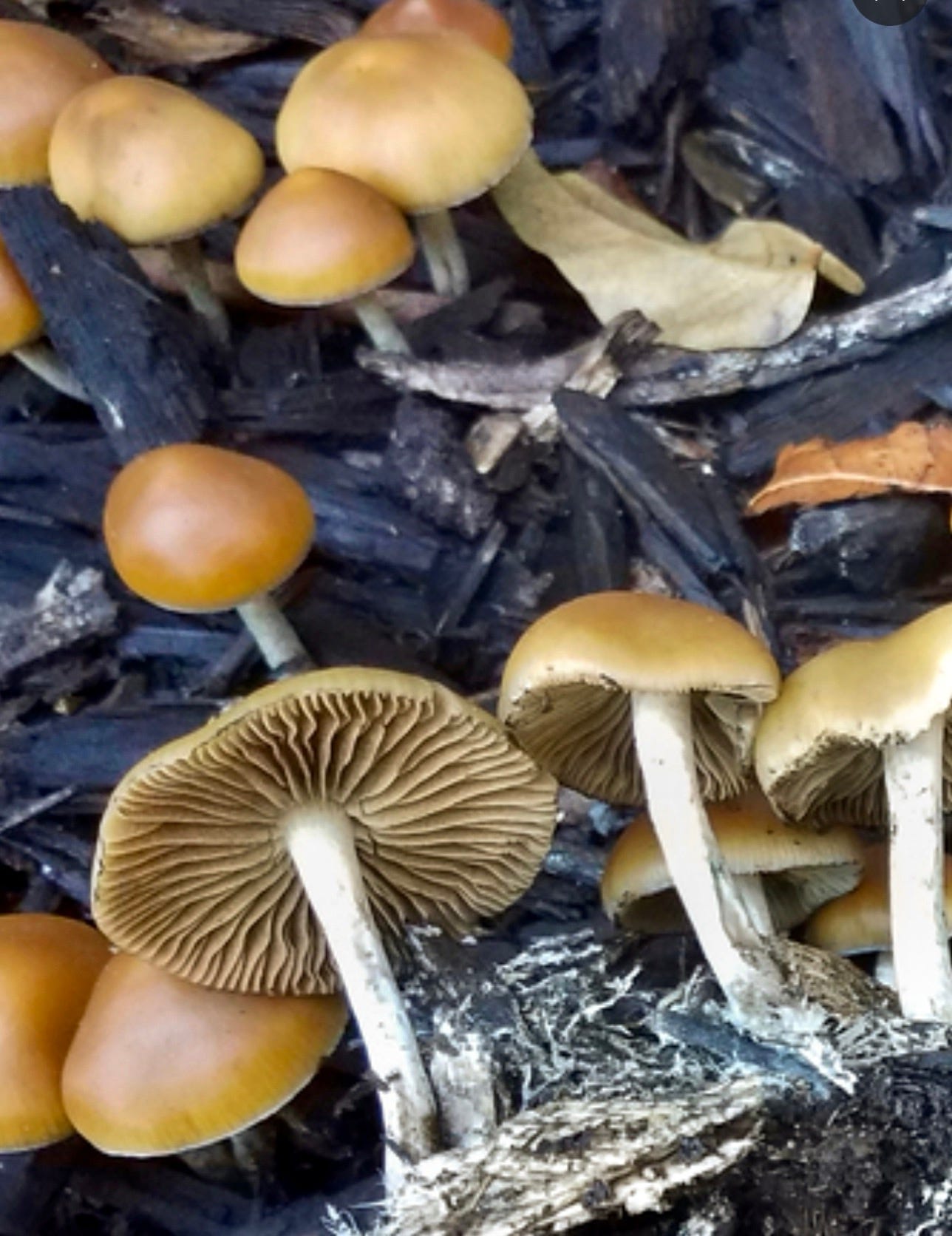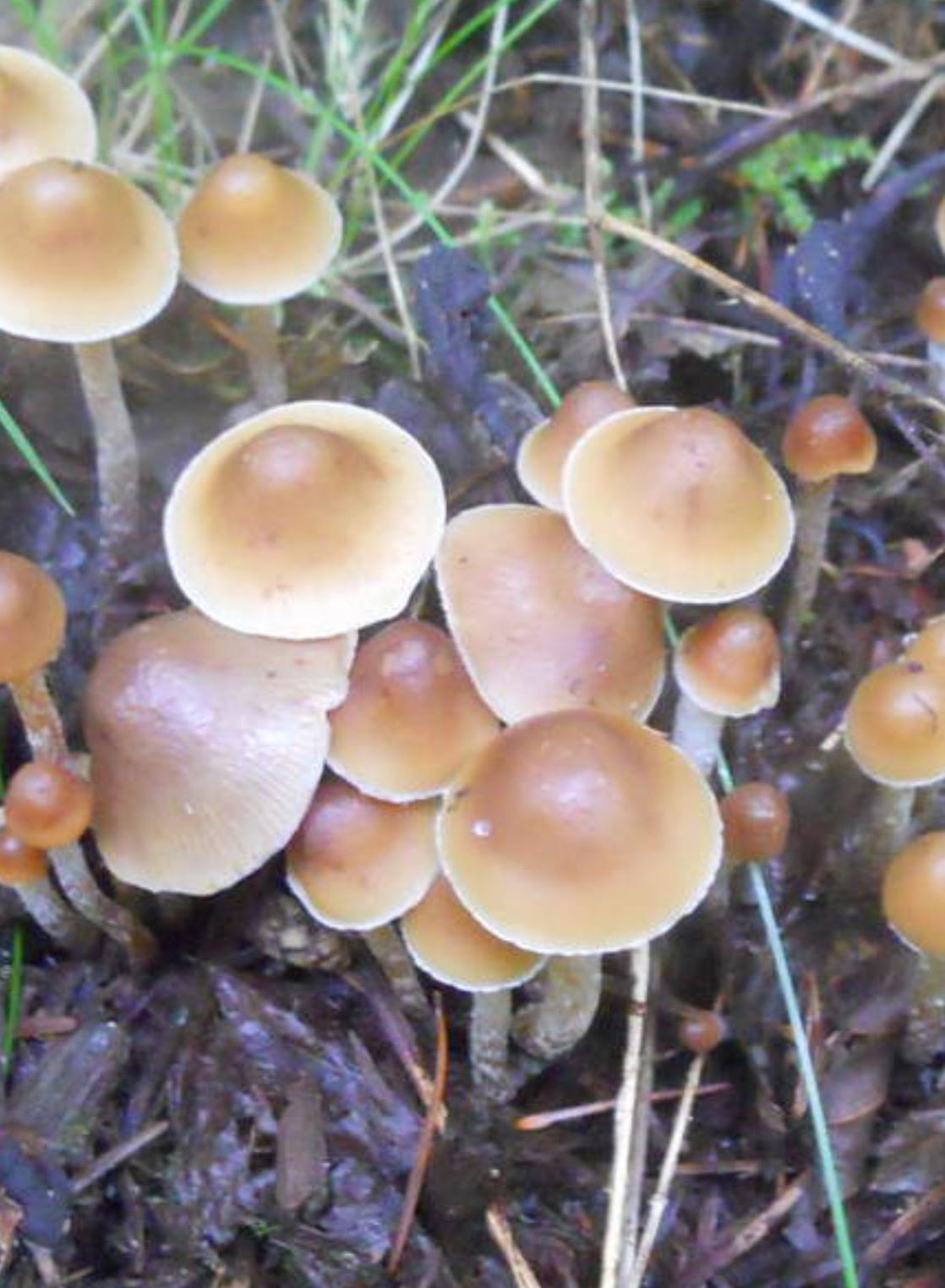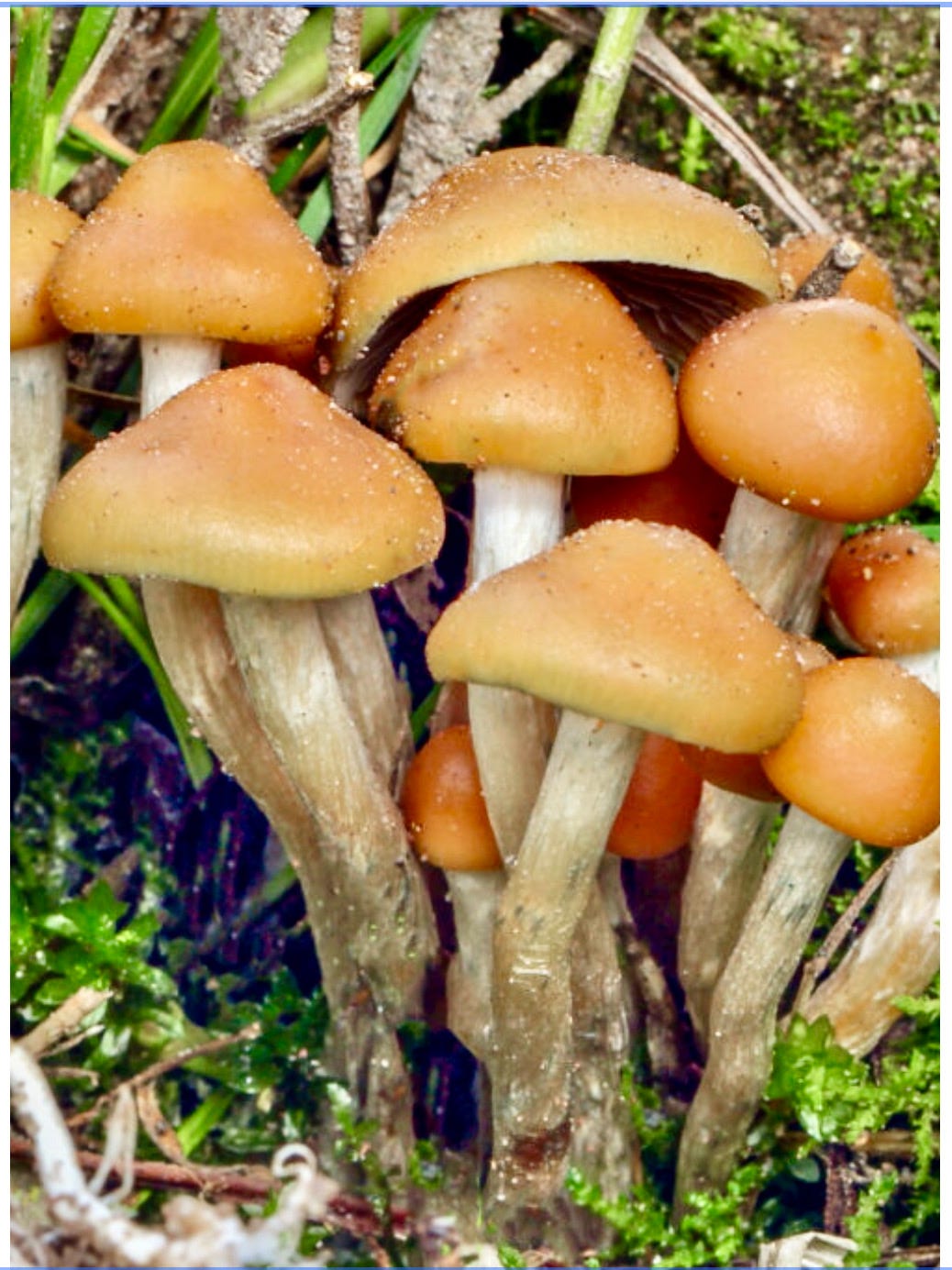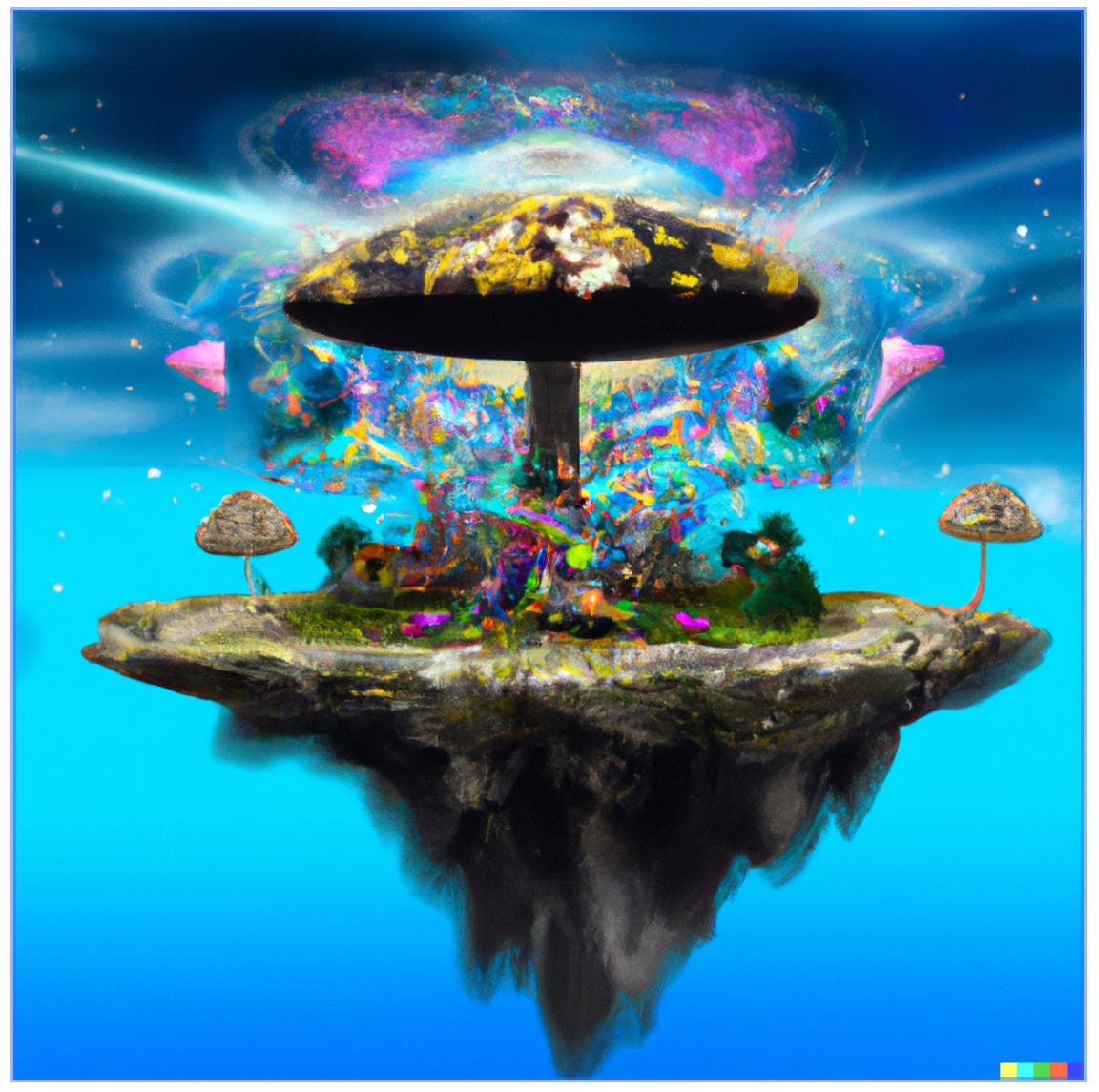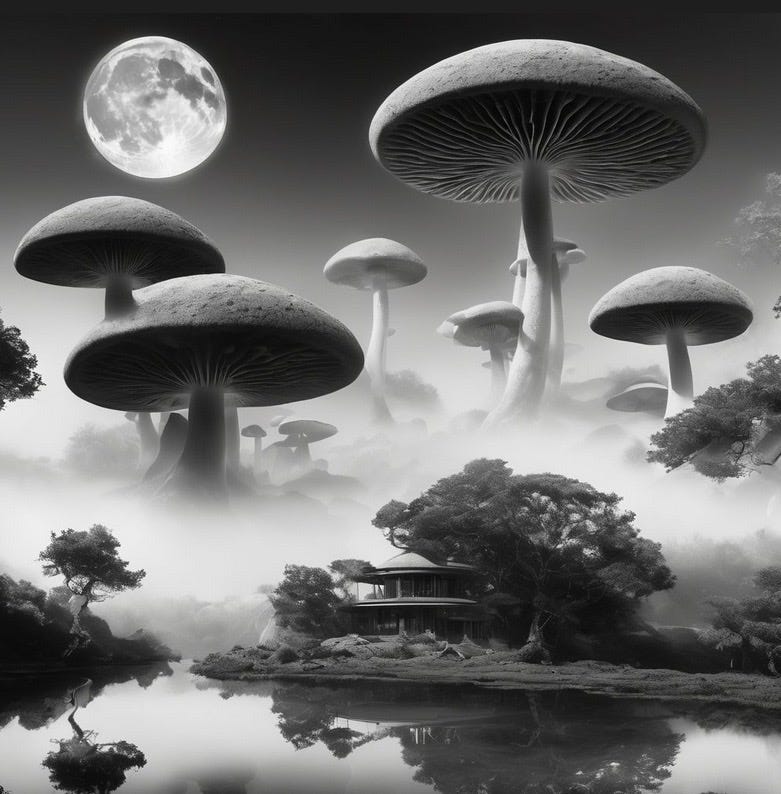The Macro Book of Microdosing: Chapter 6
Chapter 6: What are the different types of Magic Mushrooms?
There are a lot of types of magic mushrooms – So far over 200 species have been identified. The most common being Psilocybe cubensis, Psilocybe semilanceata, and Psilocybe cyanescens. Amazingly enough magic mushrooms have been found on every continent so far except Antarctica.
Most magic mushrooms, and the ones most talked about, contain the psychoactive compounds psilocybin and psilocin, which can cause changes in our perception, and even hallucinations when we eat them.
Other types of magic mushrooms include Panaeolus cyanescens (Blue Meanies) at one time one of the most potent naturally found.
Amanita muscaria which is arguably one of the most recognizable mushrooms out there, does not have psilocybin. It is noted for it’s hallucinogenic properties, but if it is not processed properly or if eaten raw it can make you seriously sick or even kill you. The main psychoactive ingredient is muscimol. This is the ingredient that can make you lucid, high, relaxed etcetera. Unfortunately it has to be converted from it’s neurotoxic precursor Ibotenic Acid. If you eat it raw you will consume Ibotenic Acid and it is toxic and can kill you. If processed correctly it can become muscimol which is an incredible medicine. If you just cook it you destroy the muscimol and the ibotenic acid and it is now just food. A variety of the mushroom was used by the indigenous Siberians, as food, an entheogen and as an intoxicant.
Another type is the Gymnopilus species. This one species has over 200 types. Some that have psilocybin and some that don’t. Several variations of this mushroom contain bis-noryangonin and hispidine which are similar to alpha-pyropes found in kava.
Below is a list of what are pretty much the top 10 most commonly used magic mushrooms:
Psilocybe cubensis: This is one of the most widespread and well-known species of magic mushrooms, commonly referred to as "Golden Teacher" or "Mexican Cubensis." The cap is convex or flat. It has gills on the underside. (Hymenium), the stem (stipe) has a ring around it and the spore print will be purplish. This one I am very familiar with. Golden Teachers are a much sought mushroom for healing and microdosing and is one I have done 100’s of times. I find them gentle and healing.
Psilocybe semilanceata: Also known as the "Liberty Cap," it is a small, cone-shaped mushroom that is found in grassy areas in Europe and North America. The cap is conical, and it has gills on the underside. The stipe is bare and the spore print is usually brown.
Psilocybe cyanescens: Known as the "Wavy Cap," it is a very potent species of magic mushroom that is commonly found in wood chips or mulch. The cap is known as umbonate shaped. It has gills on the under side, the stipe is bare and the spore print is blackish brown to purple.
Psilocybe azurescens: A highly potent species known as the "Flying Saucer Mushroom" or "Azure Bluing Mushroom," it is native to the Pacific Northwest region of the United States. It is among the most potent of the tryptamine-bearing mushrooms.
5. Psilocybe baeocystis: This one is found in wood chips or woody debris and is known for its unique appearance. It contains the hallucinogenic compounds pilocybin, psilocin and baeocystin. This species is commonly known by various names as blue bells, bottle caps, knobby tops & olive caps. The cap is convex and has gills on the underside. The stipe os bare and the spore print is purple
Psilocybe allenii: A species known for its psychoactive properties, commonly found in wood chips or mulch in North America. It is named after John W. Allen, who provided the type collection. It’s found in North America from British Columbia in Canada down to Los Angeles, California. It is most commonly found within 16 km of the Pacific Coast. These were popular and easy to find around the lower mainland of British Columbia in the 80’s. These I also have had lots of experience with. These days they seem to be harder to find.
7. Psilocybe pelliculosa: A small, brown-capped species that grows in North America, often referred to as the "Conifer Psilocybe.""Conifer Psilocybe." It is known to grow on the ground in clusters along trails, paths and forest roads in coniferous woods. There has been a report of them found in Finland, and also in Norway. The mushrooms contain both psilocybin and baeocystin
8. Psilocybe mexicana: Also known as the "Teonanácatl," or Mexican Mushroom, it is one of the oldest known species of magic mushrooms, historically used by indigenous cultures in Mesoamerica. Its first known usage was by the natives of North and Central America over 2000 years ago. The Aztecs called it Teonanácatl.
Psilocybe tampanensis: Often called the "Philosopher's Stone" or "Magic Truffle," it produces sclerotia (underground fungal masses) that are consumed for their psychedelic effects.
Psilocybe ovoideocystidiata: A species commonly found in the eastern parts of North America, known for its distinct appearance and psychoactive properties.
The effects of each are similar, although some are far more potent than others. People often describe heightened emotional states, an increased sense of introspection or ego desth. Some users also experience time distortion and synesthesia, a phenomenon that involves the blending the senses. Some people for example can hear or taste colors, while others may see sound in colour.
Psilocybin can cause visual effects, distortions and hallucinations. Colours “popping”, greens being greener, colours brighter, shifting shapes, visual waves, halos or rainbows around objects, or even geometric patterns when closing the eyes are all common examples. i have had all of these at one time or another, but only with larger doses, never with microdosing. There may be a sense that the world is pulsing or breathing, along with feelings of inner peace, contentment, or connection. In the beginning it can feel like a wave of anxiety washing through you as well. These effects can vary depending on the individual taking them, the setting, intention and the dosage used!
Important things to consider when microdosing:
Always start with a low dose: It is important to start with a low dose when beginning to microdose in order to gauge your response to the substance and avoid any potential adverse effects. In my experience I have found it is better to start low and go slow and steady. If you take too much and have a tough experience then you are less likely to try it again. Dosing is individual and a huge part of the healing experience. Always start small and work your way up.
Keep a journal: Many people I know find it very useful, especially long term to keep a journal of their experiences. It can help you track your progress and identify any patterns or insights. It also allows you a place to release and contemplate thoughts and ideas while you integrate the experience.
Maintain a consistent routine: Consistency is key when it comes to microdosing. It is important to establish a consistent routine for dosing and to stick to it. Once you find your dosing, then you work on a routine or protocol that works best for you. These too are very individual. Once you find what works for you, use it. Don’t be scared to try other protocols as well. Just give them st least 30 days to see what they do, how they work for you etc.
Practice self-care: Microdosing can be a transformative experience, and it is important to take care of yourself both physically and emotionally. This may involve incorporating self-care practices into your routine, such as meditation or yoga. Sometimes it can be just sitting and emoting. In the beginning many people find that they get emotional and even sit crying in the first few days. For many this is normal and settles in days.
Seek support: If you are experiencing any challenges or difficulties with microdosing, it is important to seek support from a therapist, facilitator or community. Dosing and protocol are key. Both are individual because of need and reasons for microdosing. Don’t be afraid to ask for help.
“I believe in everything until it's disproved. So, I believe in fairies, the myths, dragons. It all exists, even if it's in your mind. Who's to say that dreams and nightmares aren't as real as the here and now?" -
John Lennon




